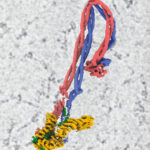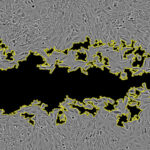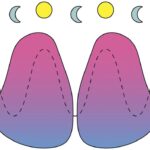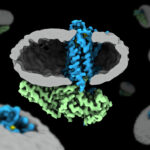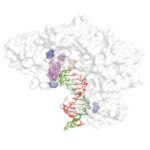
Use of reverse transcription for synthesis of xeno-nucleic acids is limited by low reverse transcriptase enzyme activity. Philipp Holliger’s group have developed a new directed evolution method to improve reverse transcriptase activity for any nucleic acid chemistry.

